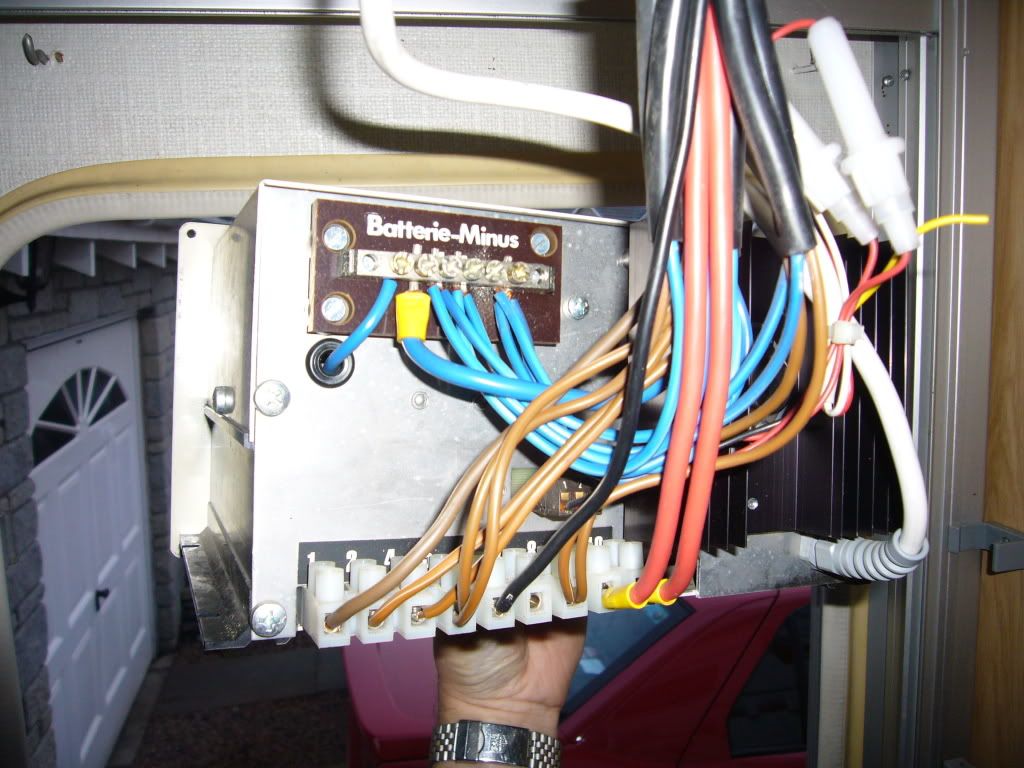888dee
Guest
or not as the case maybe...
as I have investigated further I've decided to start my own thread rather than hi-jack another
'92 Frankia A730RD on Peugeot J5 chassis fitted with one of these...

engine off, front battery 12.7v, rear 12.6v
engine running front battery 14.4v, rear 12.6v, doesn't seem to matter what I do with the panel no increase in voltage on the rear battery to suggest charging
been suggested there might be a problem with the split charge relay but haven't been able to find one (traced the +ve from the battery right back to the panel and there is no relay) also the connection to the panel is live when the engine isn't running...
even at this age ('92) is it possible the split charge relay is built into the panel?
as I have investigated further I've decided to start my own thread rather than hi-jack another
'92 Frankia A730RD on Peugeot J5 chassis fitted with one of these...

engine off, front battery 12.7v, rear 12.6v
engine running front battery 14.4v, rear 12.6v, doesn't seem to matter what I do with the panel no increase in voltage on the rear battery to suggest charging
been suggested there might be a problem with the split charge relay but haven't been able to find one (traced the +ve from the battery right back to the panel and there is no relay) also the connection to the panel is live when the engine isn't running...
even at this age ('92) is it possible the split charge relay is built into the panel?

